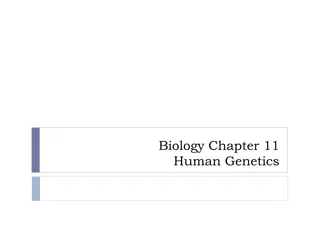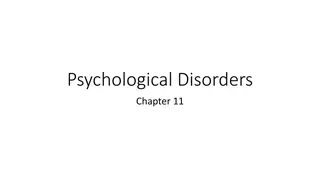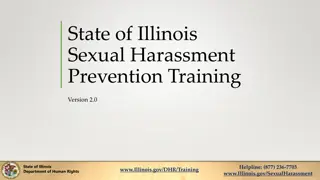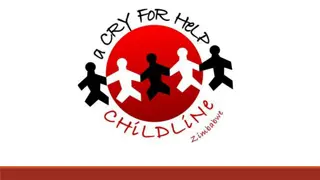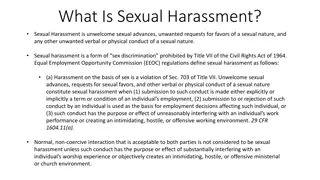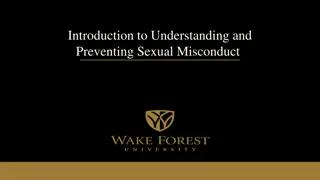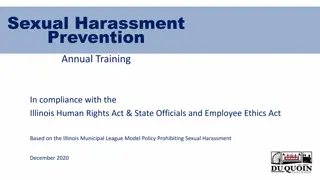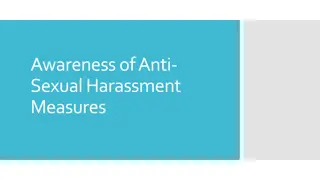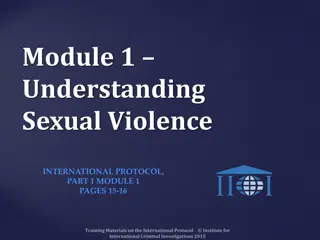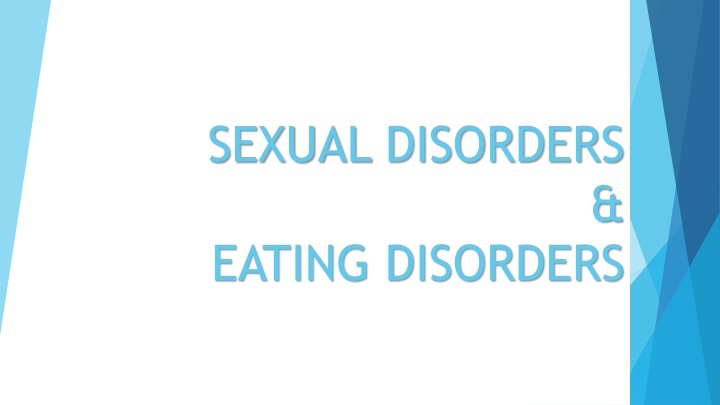
Sexual and Eating Disorders
Explore the definitions, classifications, and types of sexual disorders such as sexual dysfunctions and gender identity disorders, along with their symptoms and treatments. Gain insights into the complexities of disorders affecting sexual functioning and identity.
Download Presentation

Please find below an Image/Link to download the presentation.
The content on the website is provided AS IS for your information and personal use only. It may not be sold, licensed, or shared on other websites without obtaining consent from the author. If you encounter any issues during the download, it is possible that the publisher has removed the file from their server.
You are allowed to download the files provided on this website for personal or commercial use, subject to the condition that they are used lawfully. All files are the property of their respective owners.
The content on the website is provided AS IS for your information and personal use only. It may not be sold, licensed, or shared on other websites without obtaining consent from the author.
E N D
Presentation Transcript
SEXUAL DISORDERS & EATING DISORDERS
DEFINITION Any disorder involving sexual functioning, desire, or performance Sexual disorder is difficulty experienced by an individual or a couple during any stage of a normal sexual activity, including physical pleasure, desire, preference, arousal or orgasm.
CLASSIFICATION 1. Sexual dysfunctions 2. Gender identity disorders
SEXUAL DYSFUNCTIONS Sexual dysfunction is a significant disturbance in the sexual response cycle, which is not due to an underlying organic cause. Frigidity: Absence of desire for sexual activity Impotence: This disorder is characterized by an inability to have or sustain penile erection till the completion of satisfactory sexual activity.
Premature ejaculation: Ejaculation before the completion of satisfactory sexual activity for both partners. Non-organic dyspareunia: Pain in the genital area of either male or female during coitus. Non-organic vaginismus: An involuntary spasm of lower l/3rd of vagina, interfering with coitus.
Gender Identity Disorders In these disorders, the sense of one's masculinity or femininity is disturbed. a) Trans-sexualism b) Gender identity disorder of childhood c) Dual-role transvestism d) Inter-sexuality
a)Transsexualism a persistent and significant sense of discomfort regarding one's anatomic sex and a feeling that it is inappropriate to one's perceived gender. preoccupied with the wish to get rid of one's genitals and secondary sex characteristics and to adopt the sex characteristics of the other sex
Treatment for Transsexualism Counseling to help the individual reconcile with the anatomic sex. Sex change to the desired gender [sex reassignment surgery (SRS)] in selected cases.
b) Gender identity disorder of childhood: a disorder similar to transsexualism, with a very early age of onset. c) Dual-role transvestism: characterized by wearing clothes of the opposite sex in order to enjoy the temporary experience of membership of the opposite sex but without any desire for permanent sex change.
d)Intersexuality: Some are born with gross anatomical or physiological features of the other sex, which is not a psychological problem. When the person finds it difficult to accept his/her anatomical features, it becomes psychological problem
TREATMENT Psychoanalysis Hypnosis Group psychotherapy Behavior therapy Cognitive therapy Psychoeducation
EATING DISORDERS: Eating disorders are mental illnesses that cause serious disturbances in a person s everyday diet. eating extremely small amounts of food or severely overeating. begin as just eating too little or too much but obsession with eating food takes over the life of a person leading to severe changes.
Types of eating disorders Anorexia Nervosa Bulimia Nervosa Binge Eating Disorder
ANOREXIA NERVOSA: Anorexia nervosa happens when one is obsessed with becoming thin that they reach extreme measures and this leads to extreme weight loss Dramatic weight loss Withdrawal from usual friends/relatives Excessive and rigid exercise routine Consistent excuses to avoid situations involving food Refusal to eat certain foods or food categories.
Health risks with anorexia Digestive problems Low protein stores Kidney failure Heart failure
BULIMIA NERVOSA Bulimia Nervosa is an eating disorder in which one starts to consume large amounts of food at once and then is followed by purging, using laxatives, or over exercising to rid themselves of the food they ate.
Bulimia nervosa: warning signs Withdrawal from usual friends/relatives Excessive and rigid exercise routine Signs of vomiting e.g. staining of teeth, calluses on hands Frequent trips to bathroom after meals Wrappers/containers indicating consumption of large amounts of food Health risks with bulimia Menstruation irregularities Stomach rupture Dental problems
BINGE EATING DISORDER is the eating disorder in which someone eats a lot amount of food at a time but they don't vomit. Binge eating disorder: warning signs eat throughout the day with no planned mealtimes a long history of repeated efforts to diet feel desperate about their difficulty to control food intake overweight for age and height Wrappers/containers indicating consumption of large amounts of food
Health risks with binge eating disorder Certain types of cancer Heart disease Diabetes Gall bladder disease High cholesterol High blood pressure
Why do people develop eating disorders? Biological Social/Cultural Interpersonal Psychological
Biological factors Genetic component certain chemicals in the brain controlling hunger, appetite and digestion have been found unbalanced Eating disorders often run in families Social and cultural factors Cultural norms that value people on the basis of physical appearance and not inner qualities and strengths Narrow definitions of beauty that include only women and men of specific body weights and shapes Cultural pressures that glorify thinness and place value on obtaining the perfect body
Interpersonal factors History of physical or sexual abuse History of being teased or ridiculed based on size or weight Difficulty expressing emotions and feelings Troubled family and personal relationships Psychological factors Personal illness Response to stress (sports, dance) Response to change (puberty) Feeling out of control Feelings of inadequacy or failure Low self-esteem
Treatment Meeting mental-health professionals Weight-loss plan Blood tests Psychotherapy Nutrition classes Support groups Meeting dietitians Meeting physicians Hospitalization Intravenous feedings Rehabilitation


